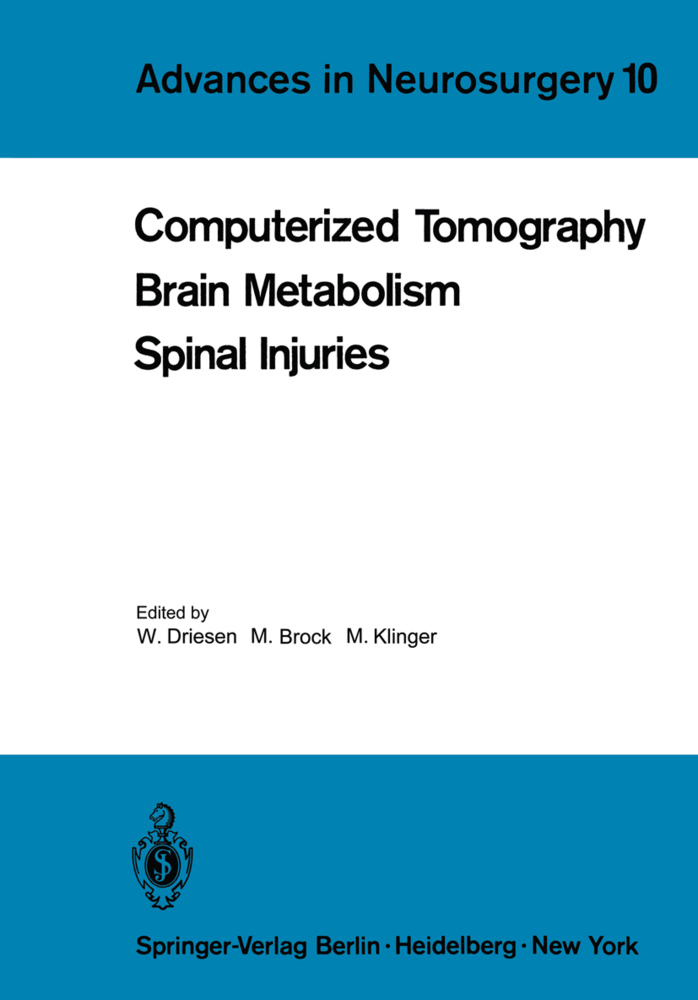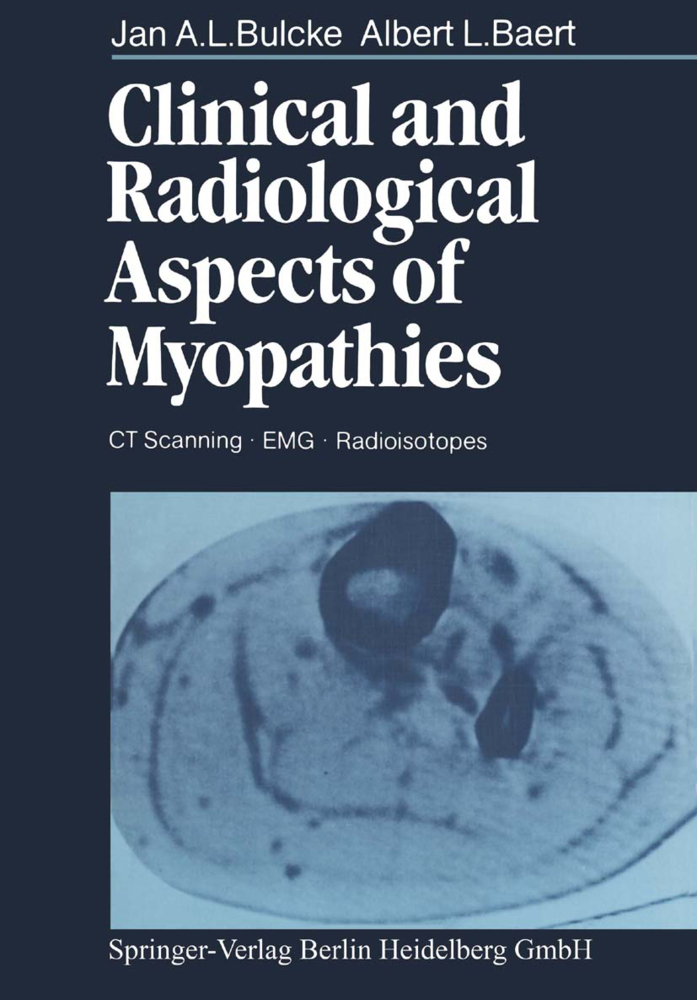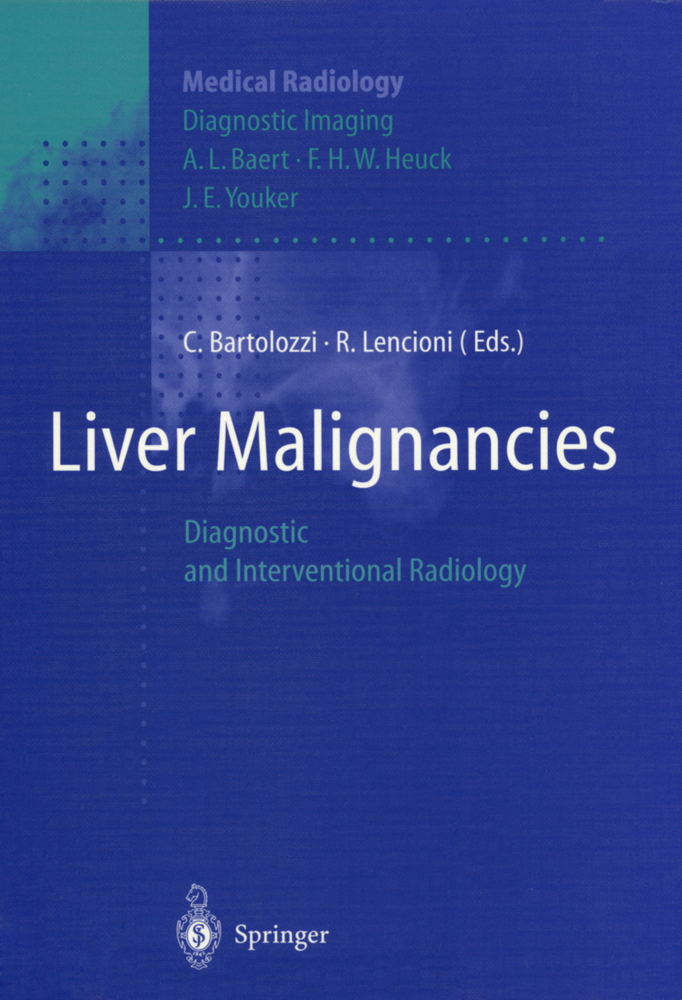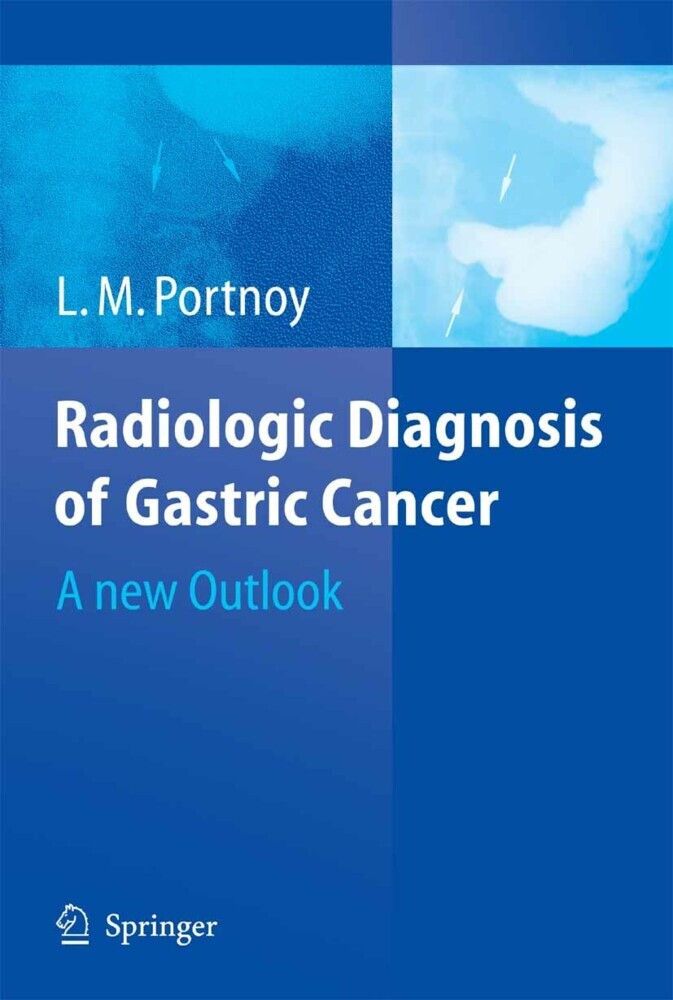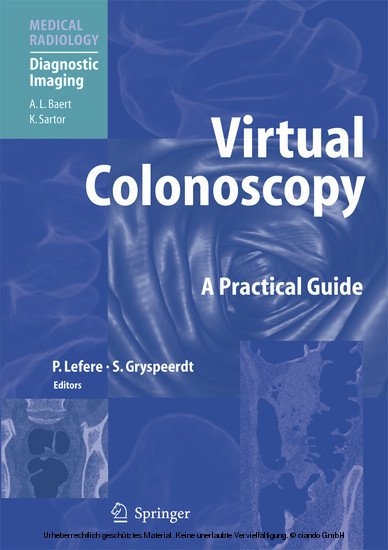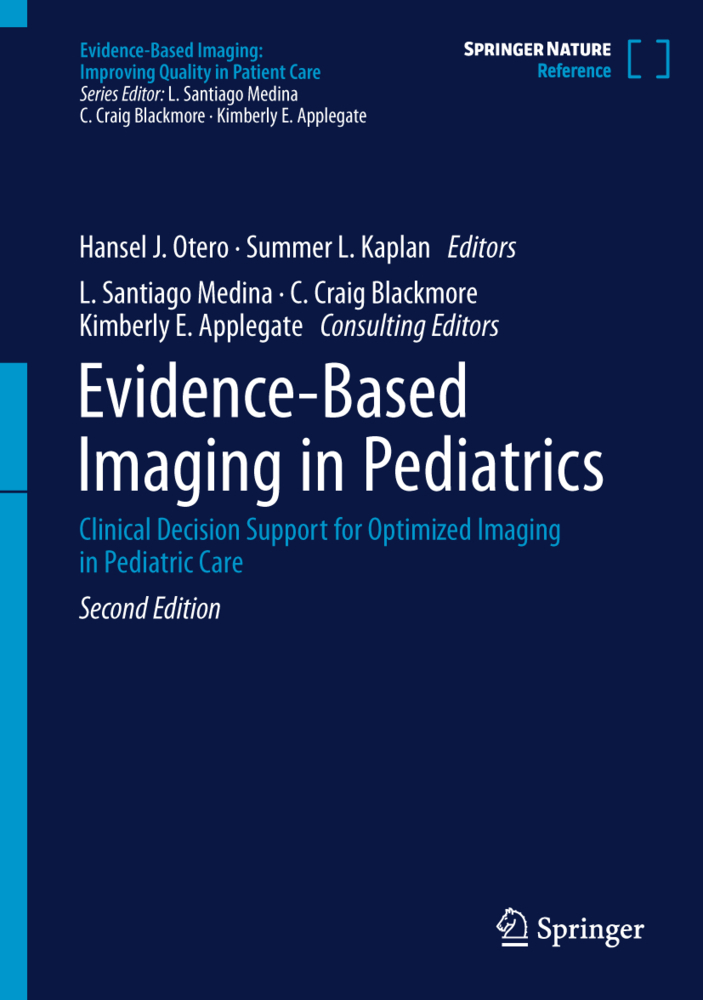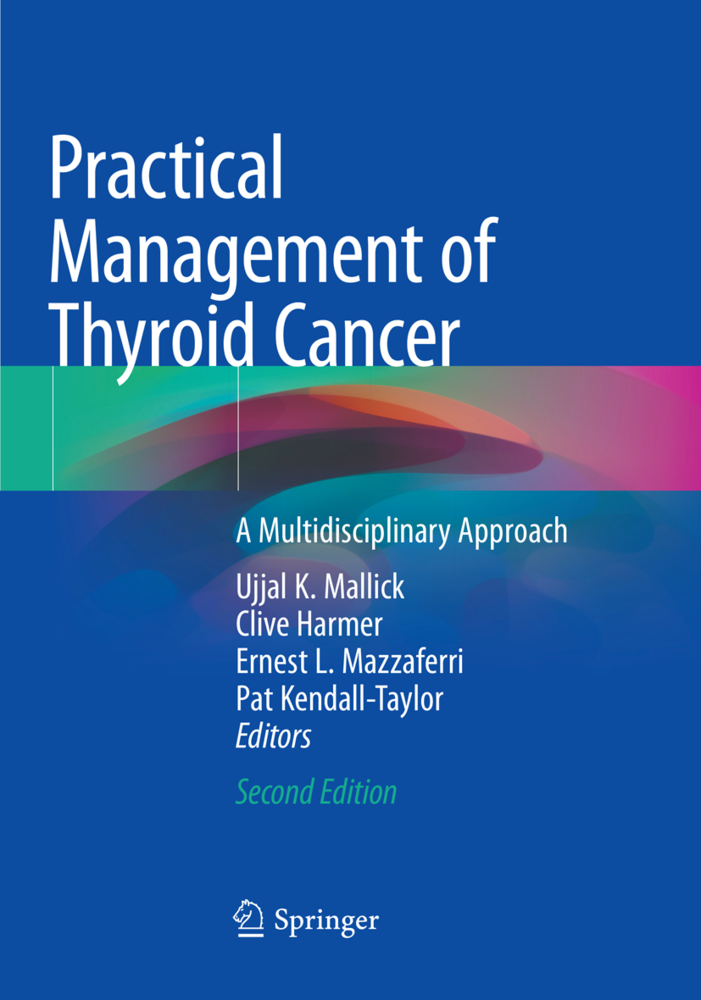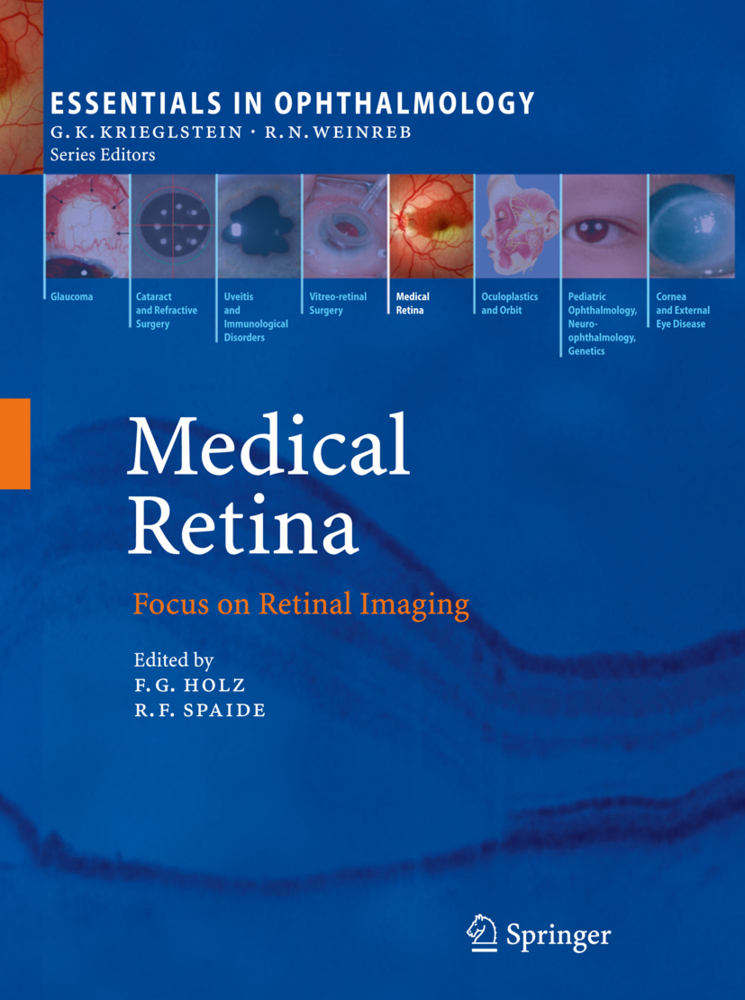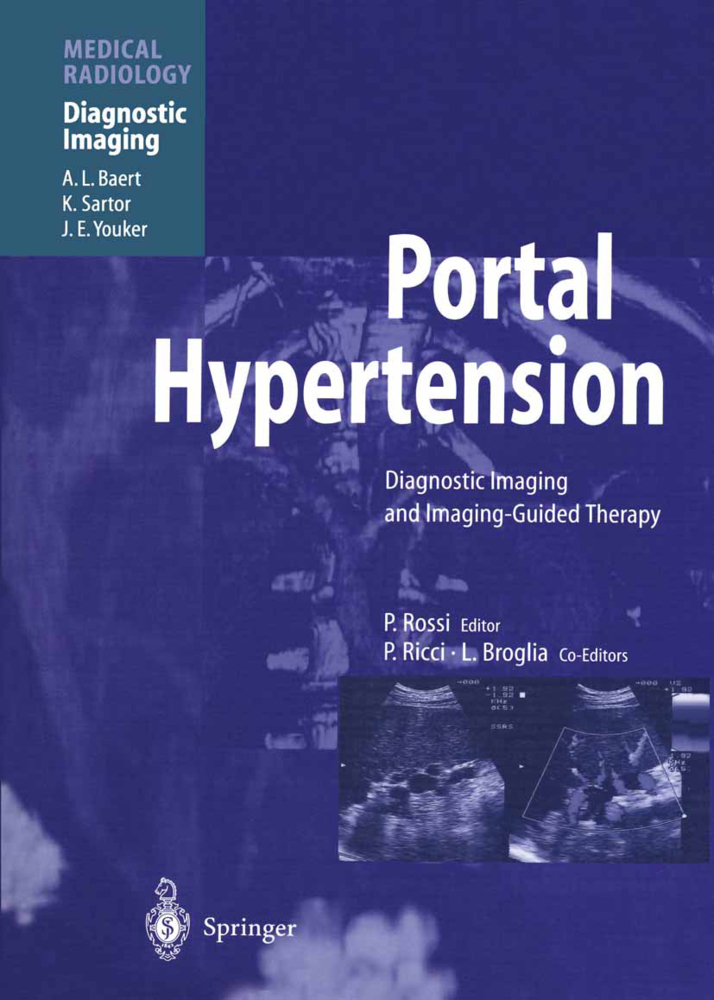Computerized Tomography Brain Metabolism Spinal Injuries
Computerized Tomography Brain Metabolism Spinal Injuries
W.DRIESEN This volume contains the original text of 60 papers delivered at the 32nd Annual Meeting of the German Society for Neurosurgery, held in TUbingen, 22nd to 25th April, 1981. They represent a selection from 91 papers submitted, a third of which had to be excluded on critical analysis. This was deemed necessary on account of costs, and in order to keep the volume of a size and standard usually achieved within the last few years. Three main subjects were considered: 1. changes in methods of investigation and treatment of neurosurgi cal·conditions, brought about by the use of computerised axial tomography (C.A.T .- scanning); 2. papers dealing with fundamental research concerned with normal and abnormal cerebral metabolism; 3. trauma to the vertebral column and spinal cord, and its sequelae; and, 4. free communications. The organisers of this meeting tried, in contradistinction to pre vious custom, to shift the emphasis away from highlighting major communications, and so to remain true to their intention to allow experts in their fields to introduce their subjects and pin-point problems, to which subsequent speakers could then address them selves in detail in their own papers. In my view, this did occur in a meaningful way, although not to perfection; a goal always difficult to attain.
Conflicting Neuropathological and Computertomographic Findings in Cases of Suspected Brain Tumors or Retrobulbar Tumors
Computer Tomographic Findings of Brain Tumors Projected on X-Rays and Scalp
Stereotactic Brain Surgery with the Aid of Computed Tomography (CT-Stereotaxy)
Necessity for Biopsy After the Introduction of Computerized Tomography
The Value of Computerized Tomography in the Preoperative Diagnosis of Brain Tumors
Metrizamide CT for Diagnosis of Intracranial Cystic Lesions
The Effect of Computed Tomography on Diagnosis, Operative Techniques and Prognosis of Tumors of the Middle Cranial Fossa (Petrous Apex)
Spontaneous Brain Stem Lesions. CT-Findings and Clinical Data in Respect to Morbidity
CT Localization and Operative Approaches in Posterior Fossa Lesions
Operative Approaches to the Rostral Brain Stem According to the CT-Findings
On the Extended Indication for Operation of Deep Seated Brain Tumors
CT in Diagnosis and Treatment of 20 cases with Brain Abscesses and Subdural Empyemas
Diagnosis and Two-Dimensional Localization of Intracranial Metastases with Computerized Tomography
The Influence of Computerized Tomography on Treatment of Spontaneous Intracerebral Hematoma
The Prognosis of Traumatic Intracranial Hematomas Before and After the Introduction of Computerized Tomography
Postoperative CT-Follow-Up of Chronic Subdural Hematoma
Cranial Computed Tomography: Its Influence on Results of Treating Traumatic Intracranial Extradural Hematomas
Value of Computerized Tomography in Setting the Indication for Surgical Treatment of Extradural Hematomas with a Delayed Course
Surgery in Traumatic Intracerebral Bleeding Based on ComputerizedTomographical Findings
Detection of the Angiographically Cryptic Cerebrovascular Malformations by Computerized Tomography
The Use of Computer Tomography in the Diagnosis and Postoperative Observation of Cerebral Aneurysms
Computerized Tomography in the Operative Treatment of Cerebrovascular Disease
The Diagnostic Value of Computerized Tomography in Follow-Up Studies After CSF Drainage
Correlation of Postoperative Clinical Course and Ventricular Size Determined by Computed Tomography in Normal Pressure Hydrocephalus
B-Waves and Periventricular Lucency (PVL) in Intermittently Normotensive Hydrocephalus
Slit Ventricle Syndrome - Computerized Tomography Aid in the Evuluation and Management
Radiological Diagnosis Before and After Introduction of Computerized Tomography
Brain Metabolism
Normal and Abnormal Oxidative Brain Metabolism
Neuroendocrinological Aspects in Cases of Brain Death After Severe Brain Injury
Criteria for the Choice of Drugs Suitable for Controlled Hypotension in Neuroanaesthesia
Sphingolipids in the Progress of Head Injury - A Preliminary Report
The Relationship Between Brain Edema, Energy Metabolism, Glucose Content and rCBF Investigated by Artificial Brain Abscess in Cats
Circadian Rhythms of Catecholamines, Cortisol and Prolactin in Patients with Apallic Syndrome
Tissue Oxygen Supply Conditions in the Brain Cortex During Arterial Hypocapnia
The Behavior of Sodium, Potassium, Magnesium and Zinc in the Brain with Special Attention to Cerebral Edema Following Experimentally Induced Burns
Determination of Dexamethasone with Radioimmunassay in Case of Head Injury
Investigations of the Effects of Dexamethasone on Surgical Stress in Neurosurgical Patients, on the Basis of Radioimmunological Hormone Determinations (LH, FSH, GH, ACTH, Cortisol, Testosterone)
An in Vitro Model of Cytotoxic Brain Edema: Cell Volume and Metabolism of Cultivated Glial- and Nerve-Cells
Barbiturate Influence on Subcellular Organelles in Experimental Cold Lesion
Dead Space Ventilation and Intracranial Volume Capacity
Spinal Injuries
Injuries of the Spinal Cord and Their Prognosis
Indications for the Operative Treatment of Spinal Injuries and Technical Problems in Stabilizing the Spine
Preliminary Results with Surgery in Trauma to the Thoracic and Lumbar Spine, Using the Harrington Method
Transoral Fusion of the First and Second Cervical Vertebra
Spinal Epidural Hematoma
30 Cases of Traumatic Central Cervical Spinal Cord Injury
Early and the Still Possible Late Surgical Treatment of Cervical Spine Injuries
Subluxations, Fracture Dislocations and Compression Fractures of Cervical Vertebral Column. Results of Surgical and Conservative Treatment
Pathomorphological and Clinical Basis of the Prognosis in Cervical Injuries
Surcigal Treatment of Cervical Spine Injuries - Prognostic Aspects on Operative Procedures and Timing
Free Topics
Regional Cerebral Blood Flow and Extra-Intracranial Bypass Surgery
Early Morphological Changes in Microvascular Anastomoses
Diaphanoscopy of Blood Vessels, Visualization of Emboli Originating from Blood Clots Formed Close to Suture Lines
Shunt Therapy in Medulloblastoma?
Effect of 6-Methylprednisolone on the Brain Function in Patients with Solitary Circumscribed Supratentorial Tumors
Pressure/Volume (P/V)-Test and Pulse Wave (PA)-Analysis of ICP
Clinical Application of Computer Assisted Continuous Monitoring of Intracranial Pressure
Possibilities and Results by Using the Rhinosurgical Approach in Cases of Anterior Cranial Fossa Injuries
Experiences with Microvascular Decompression in the Cerebellopontine Angle in Trigeminal Neuralgia
Spondylitis - A Complication Following Lumbar Disc Operations.
Computerized Tomography
Has Computed Tomography Led to Earlier Diagnosis of Brain Tumors?Conflicting Neuropathological and Computertomographic Findings in Cases of Suspected Brain Tumors or Retrobulbar Tumors
Computer Tomographic Findings of Brain Tumors Projected on X-Rays and Scalp
Stereotactic Brain Surgery with the Aid of Computed Tomography (CT-Stereotaxy)
Necessity for Biopsy After the Introduction of Computerized Tomography
The Value of Computerized Tomography in the Preoperative Diagnosis of Brain Tumors
Metrizamide CT for Diagnosis of Intracranial Cystic Lesions
The Effect of Computed Tomography on Diagnosis, Operative Techniques and Prognosis of Tumors of the Middle Cranial Fossa (Petrous Apex)
Spontaneous Brain Stem Lesions. CT-Findings and Clinical Data in Respect to Morbidity
CT Localization and Operative Approaches in Posterior Fossa Lesions
Operative Approaches to the Rostral Brain Stem According to the CT-Findings
On the Extended Indication for Operation of Deep Seated Brain Tumors
CT in Diagnosis and Treatment of 20 cases with Brain Abscesses and Subdural Empyemas
Diagnosis and Two-Dimensional Localization of Intracranial Metastases with Computerized Tomography
The Influence of Computerized Tomography on Treatment of Spontaneous Intracerebral Hematoma
The Prognosis of Traumatic Intracranial Hematomas Before and After the Introduction of Computerized Tomography
Postoperative CT-Follow-Up of Chronic Subdural Hematoma
Cranial Computed Tomography: Its Influence on Results of Treating Traumatic Intracranial Extradural Hematomas
Value of Computerized Tomography in Setting the Indication for Surgical Treatment of Extradural Hematomas with a Delayed Course
Surgery in Traumatic Intracerebral Bleeding Based on ComputerizedTomographical Findings
Detection of the Angiographically Cryptic Cerebrovascular Malformations by Computerized Tomography
The Use of Computer Tomography in the Diagnosis and Postoperative Observation of Cerebral Aneurysms
Computerized Tomography in the Operative Treatment of Cerebrovascular Disease
The Diagnostic Value of Computerized Tomography in Follow-Up Studies After CSF Drainage
Correlation of Postoperative Clinical Course and Ventricular Size Determined by Computed Tomography in Normal Pressure Hydrocephalus
B-Waves and Periventricular Lucency (PVL) in Intermittently Normotensive Hydrocephalus
Slit Ventricle Syndrome - Computerized Tomography Aid in the Evuluation and Management
Radiological Diagnosis Before and After Introduction of Computerized Tomography
Brain Metabolism
Normal and Abnormal Oxidative Brain Metabolism
Neuroendocrinological Aspects in Cases of Brain Death After Severe Brain Injury
Criteria for the Choice of Drugs Suitable for Controlled Hypotension in Neuroanaesthesia
Sphingolipids in the Progress of Head Injury - A Preliminary Report
The Relationship Between Brain Edema, Energy Metabolism, Glucose Content and rCBF Investigated by Artificial Brain Abscess in Cats
Circadian Rhythms of Catecholamines, Cortisol and Prolactin in Patients with Apallic Syndrome
Tissue Oxygen Supply Conditions in the Brain Cortex During Arterial Hypocapnia
The Behavior of Sodium, Potassium, Magnesium and Zinc in the Brain with Special Attention to Cerebral Edema Following Experimentally Induced Burns
Determination of Dexamethasone with Radioimmunassay in Case of Head Injury
Investigations of the Effects of Dexamethasone on Surgical Stress in Neurosurgical Patients, on the Basis of Radioimmunological Hormone Determinations (LH, FSH, GH, ACTH, Cortisol, Testosterone)
An in Vitro Model of Cytotoxic Brain Edema: Cell Volume and Metabolism of Cultivated Glial- and Nerve-Cells
Barbiturate Influence on Subcellular Organelles in Experimental Cold Lesion
Dead Space Ventilation and Intracranial Volume Capacity
Spinal Injuries
Injuries of the Spinal Cord and Their Prognosis
Indications for the Operative Treatment of Spinal Injuries and Technical Problems in Stabilizing the Spine
Preliminary Results with Surgery in Trauma to the Thoracic and Lumbar Spine, Using the Harrington Method
Transoral Fusion of the First and Second Cervical Vertebra
Spinal Epidural Hematoma
30 Cases of Traumatic Central Cervical Spinal Cord Injury
Early and the Still Possible Late Surgical Treatment of Cervical Spine Injuries
Subluxations, Fracture Dislocations and Compression Fractures of Cervical Vertebral Column. Results of Surgical and Conservative Treatment
Pathomorphological and Clinical Basis of the Prognosis in Cervical Injuries
Surcigal Treatment of Cervical Spine Injuries - Prognostic Aspects on Operative Procedures and Timing
Free Topics
Regional Cerebral Blood Flow and Extra-Intracranial Bypass Surgery
Early Morphological Changes in Microvascular Anastomoses
Diaphanoscopy of Blood Vessels, Visualization of Emboli Originating from Blood Clots Formed Close to Suture Lines
Shunt Therapy in Medulloblastoma?
Effect of 6-Methylprednisolone on the Brain Function in Patients with Solitary Circumscribed Supratentorial Tumors
Pressure/Volume (P/V)-Test and Pulse Wave (PA)-Analysis of ICP
Clinical Application of Computer Assisted Continuous Monitoring of Intracranial Pressure
Possibilities and Results by Using the Rhinosurgical Approach in Cases of Anterior Cranial Fossa Injuries
Experiences with Microvascular Decompression in the Cerebellopontine Angle in Trigeminal Neuralgia
Spondylitis - A Complication Following Lumbar Disc Operations.
Driesen, W.
Brock, Mario
Klinger, M.
| ISBN | 978-3-540-11115-3 |
|---|---|
| Artikelnummer | 9783540111153 |
| Medientyp | Buch |
| Copyrightjahr | 1982 |
| Verlag | Springer, Berlin |
| Umfang | XXVIII, 408 Seiten |
| Abbildungen | XXVIII, 408 p. 117 illus. |
| Sprache | Englisch |

